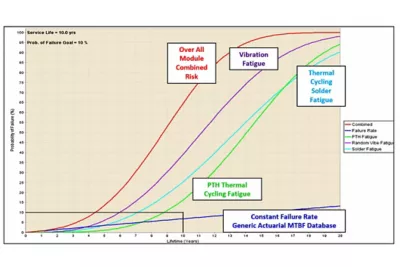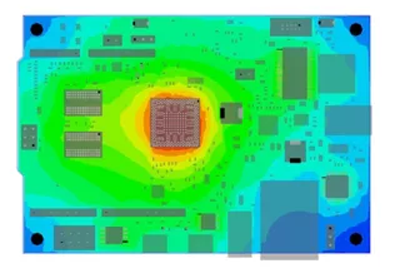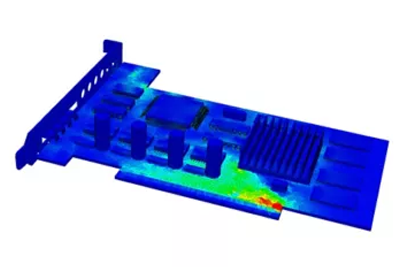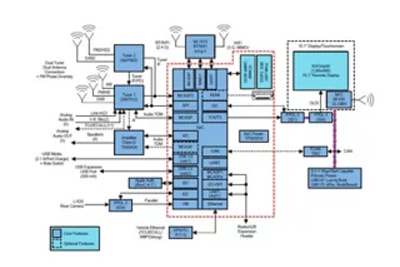Key Features
Unlike any other tool on the market, Sherlock uses files created by your design team to build 3D models of electronic assemblies for trace modeling, post-processing, and reliability predictions. This early insight immediately identifies areas of concern and allows you to adjust and retest designs quickly.
- Builds and tests virtual products
- Modifies designs in near real-time
- Quickly runs mechanical simulations
- Evaluates and optimizes design choices










